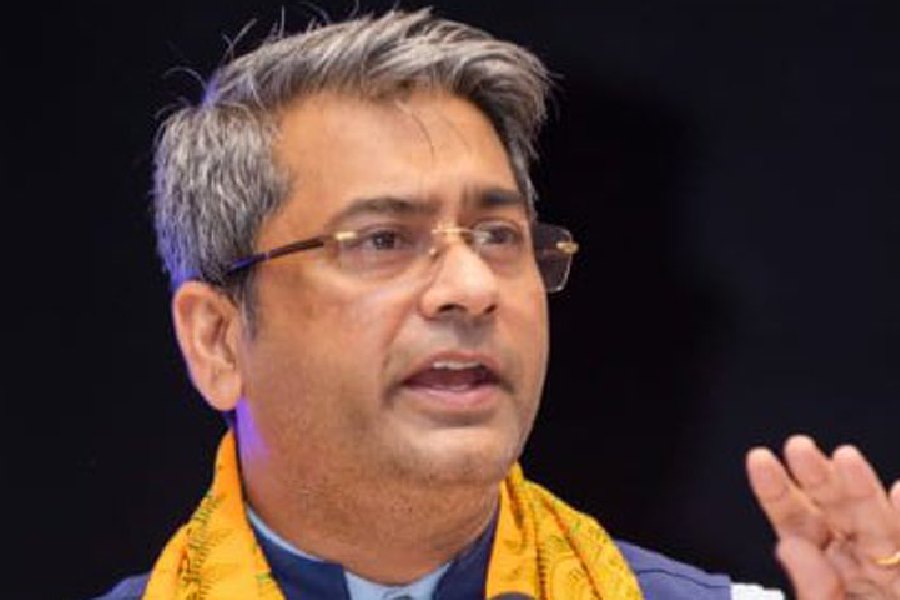The finance ministry has tightened the definition of beneficial owners under the anti-money laundering law, mandating reporting entities such as banks and crypto platforms to collect information from their clients.
In the amendments to the Prevention of Money Laundering Rules, any individual or group holding 10 per cent ownership in the client of a ‘reporting entity’ will now be considered a beneficial owner against the ownership threshold of 25 per cent applicable earlier. The amended rules were notified on March 7 by the finance ministry.
Under the anti-money laundering law, “reporting entities” are banks and financial institutions, firms engaged in real estate and jewellery sectors. They also include intermediaries in casinos and crypto or virtual digital assets.
So far, these entities were required to maintain KYC details or records of documents evidencing the identity of their clients as well as account files and business correspondence relating to clients. They are required to maintain a record of all transactions, including the record of all cash transactions of more than Rs 10 lakh. They will now have to also collect the details of the registered office address and principal place of business of their clients.
Nangia Andersen LLP M&A tax partner Sandeep Jhunjhunwala said reporting entities are, on commencement of an account-based relationship, mandated to identify the beneficial owners where the client is acting on behalf of its beneficial owner, he added.
“The term ‘beneficial owner’ was inter alia defined to mean ownership of or entitlement to more than 25 per cent of shares or capital or profit of the company. The threshold of 25 per cent is now reduced to 10 per cent, thereby bringing more indirect participants within the reporting net,” Jhunjhunwala said.











